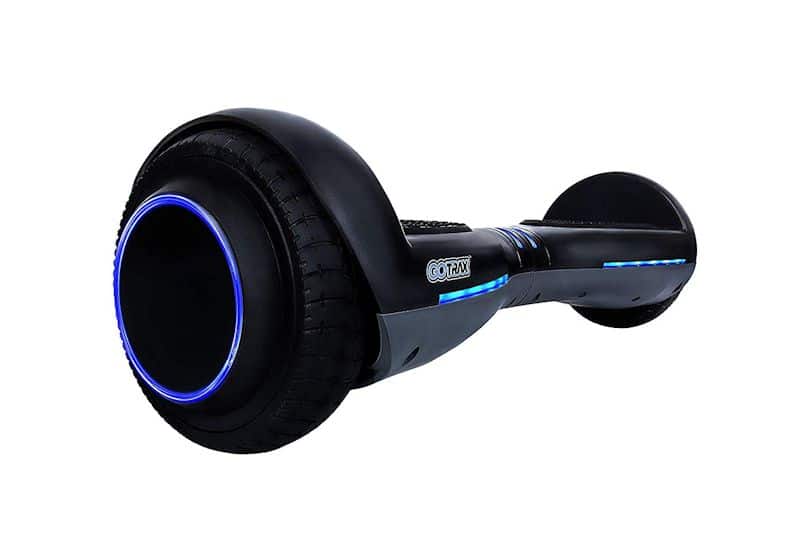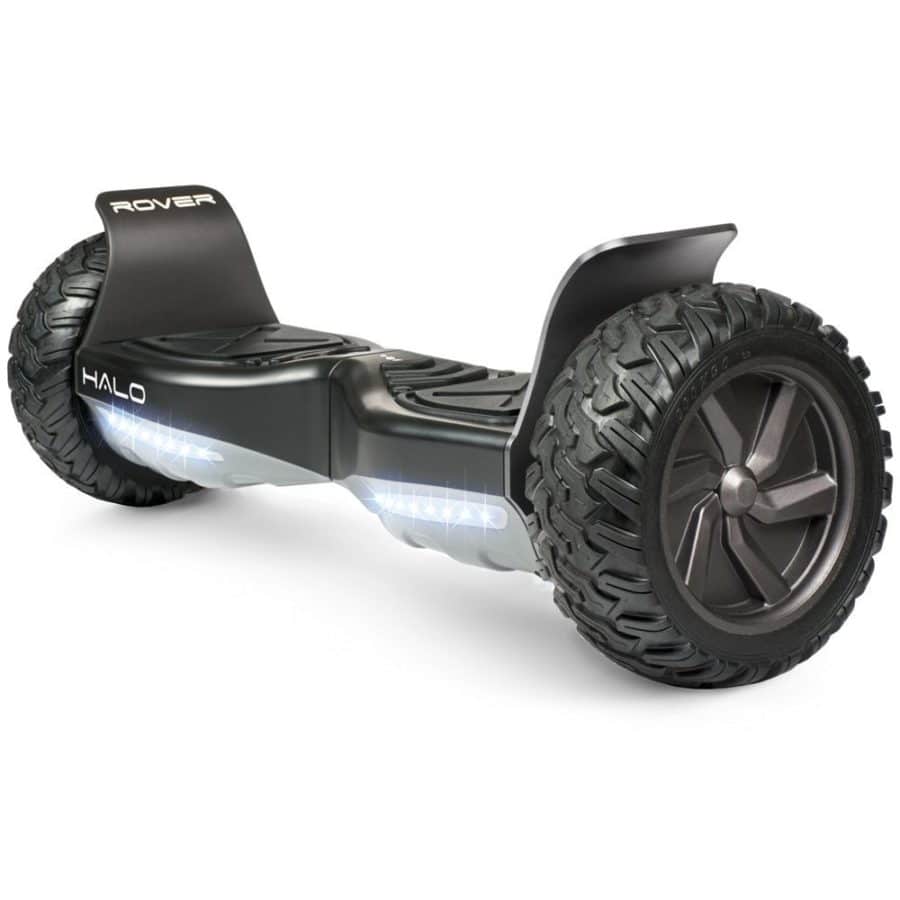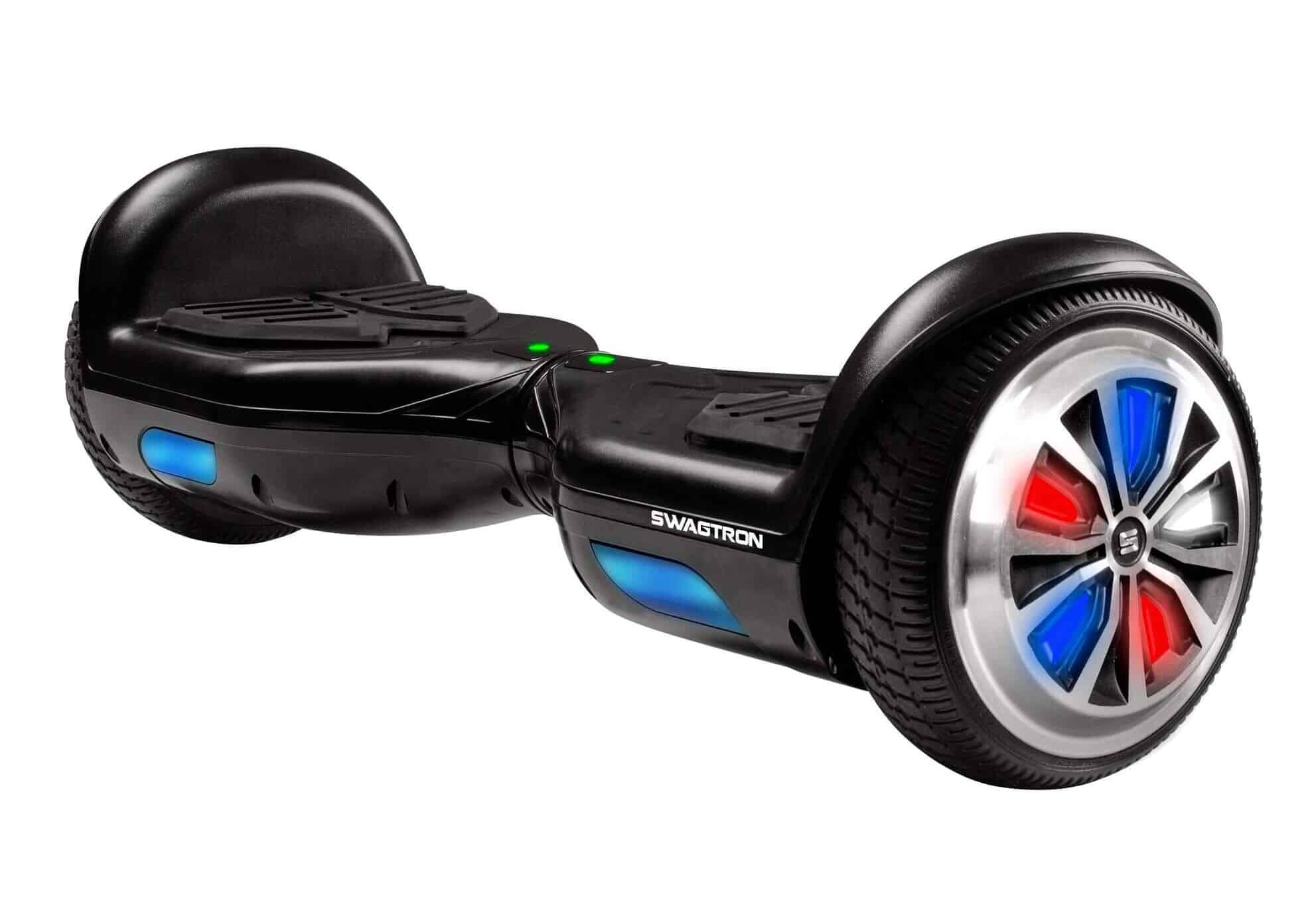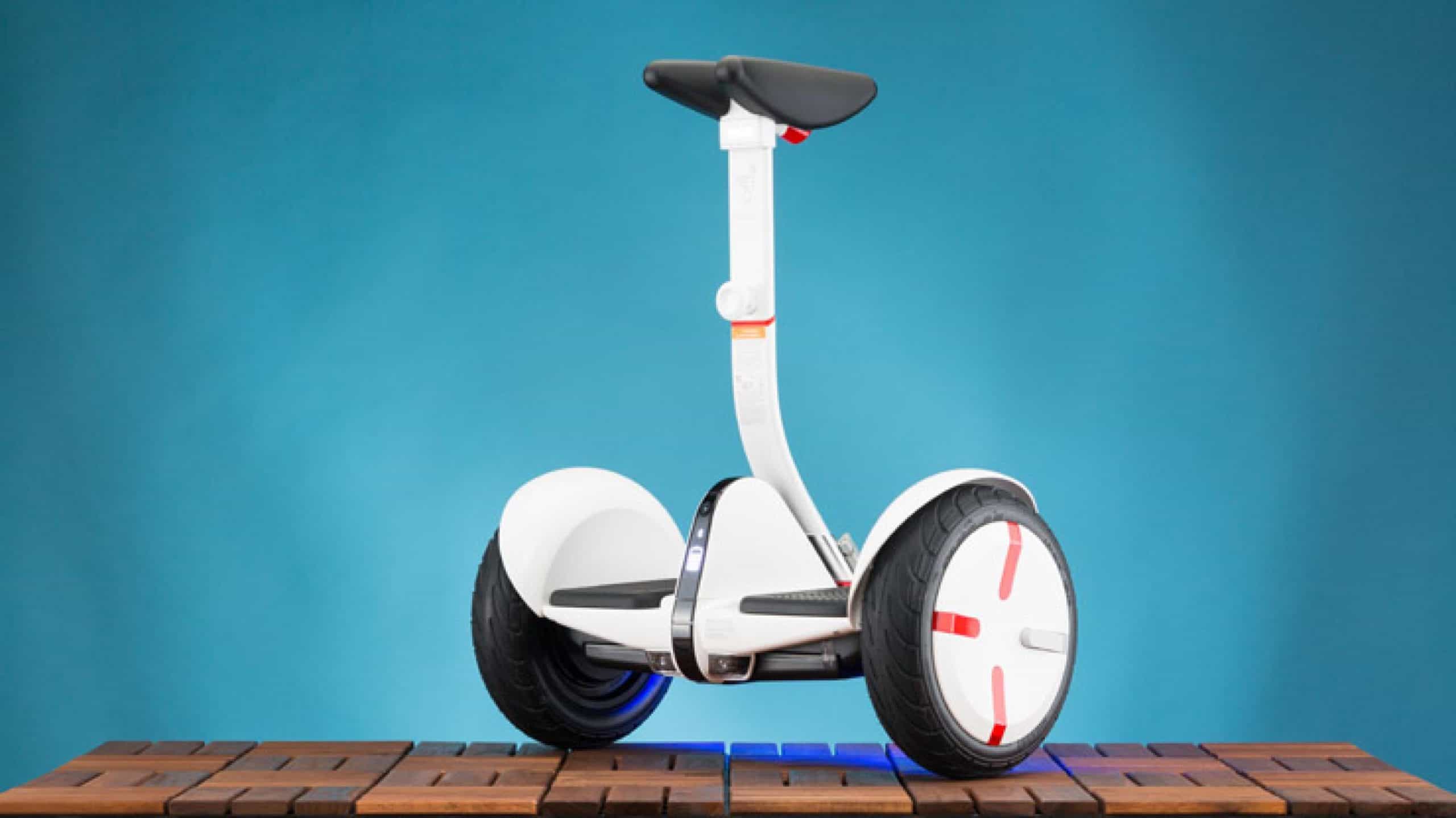Are hoverboards as dangerous as some people make them out to be? While current hoverboards and personal scooters are less likely to spontaneously combust right under your feet, this wasn’t always the case. Inconsistent manufacturing practices and dubious material quality once made this product category unsafe. Today, you’re more likely to get injured because you lost your balance while riding the best hoverboard. But when the device was first released, a critical design flaw made it a fire hazard and caused serious bodily injury and property damage before regulations and guidelines were implemented.
What are the fire-risks of hoverboards?
Hoverboards still can catch on fire. They rely on lithium-ion battery packs to power them because this type of battery is compact but incredibly powerful. But the one drawback of lithium-ion is that it contains highly flammable fluid. And if a battery isn’t designed to specific standards, normal wear and tear, and even just the process of charging it could encourage surface damage which can lead to overheating, and in worst-case scenarios — explosions and fires.
Have Hoverboards Caused Property Damage?
Between 2016 and 2017, the United States Consumer Product Safety Commission (CPSC) — a governing oversight body — logged more than 250 separate incidents that were related to hoverboard malfunctions. This includes fires that led to property damage and, tragically, fatalities too. According to CPSC, hoverboard fires and explosions have caused more than $4 million worth of property damage in the U.S.
- Related Post: Are Hoverboards Safe?
- Related Post: How To Prevent Hoverboard Explosions?
What Are the Main Causes of Hoverboard Fires?
While it’s tempting to believe that hoverboards just magically combust for no reason, the opposite is true. United Laboratories (UL) indeed created the UL2272 safety standards which saw improvement in lithium-ion battery quality and reduced the rash of hoverboard fires and explosions.
Is Human Error to Blame?
But human error coupled with inferior battery quality was directly linked to the majority of the incidents. In particular, victims often reported leaving their hoverboards charging overnight or leaving them fully charged but idle for too long — two risk factors that increased the chances of a lithium-ion battery explosion. Instead, hoverboards shouldn’t be charged for more than three hours and fully charged devices should be ridden until at least 10% discharged to prevent the batteries from overheating.
Tip: hoverboards shouldn’t be charged for more than three hours and fully charged devices should be ridden until at least 10% discharged
Sources:
https://www.cpsc.gov/Safety-Education/Safety-Education-Centers/hoverboards
https://www.ul.com/services/personal-e-mobility-testing-and-certification
https://www.forbes.com/sites/dianahembree/2017/06/30/exploding-hoverboards-top-consumer-watchdog-blacklist-for-summer-toys/?sh=57ad2b3c60d2
https://www.cbsnews.com/news/e-scooter-hoverboard-e-bike-deaths-41-last-3-years/
https://www.cpsc.gov/s3fs-public/Micromobility-Products-Related-Deaths-Injuries-and-Hazard-Patterns-2017–2019.pdf?90dOQxCOSzGvGRFGX6UF6Z6zvQhV9R1P

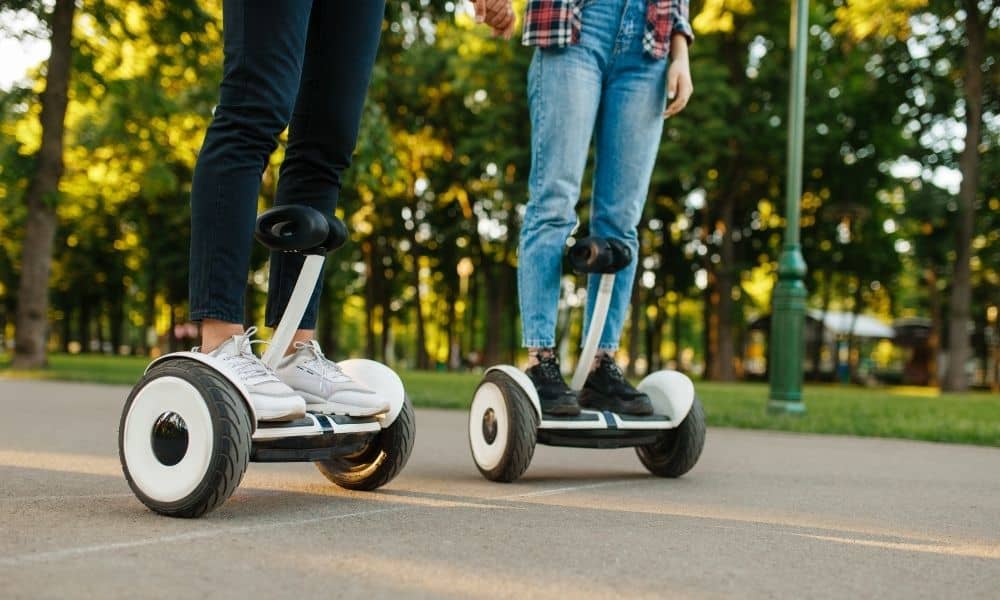














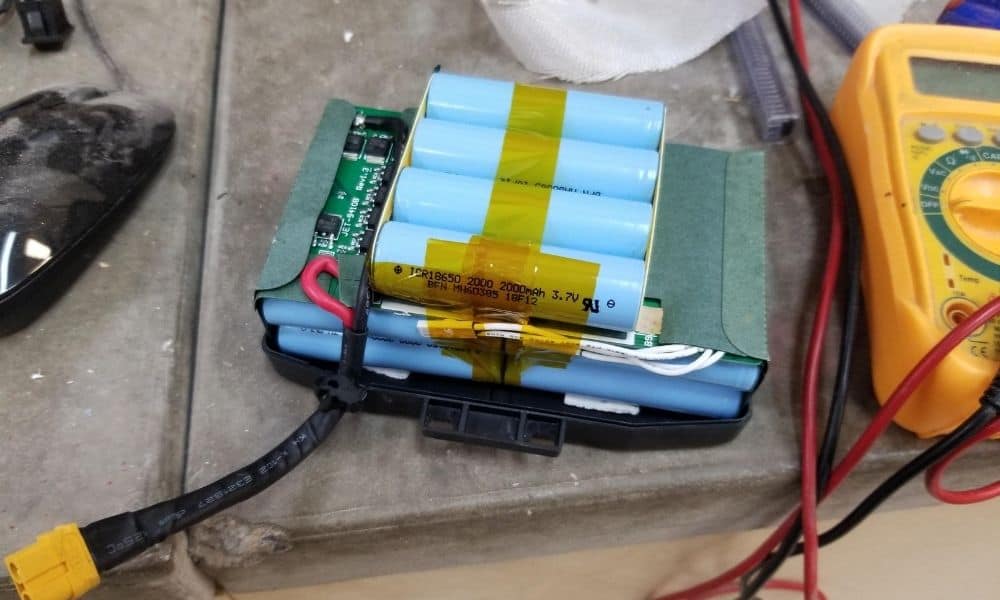
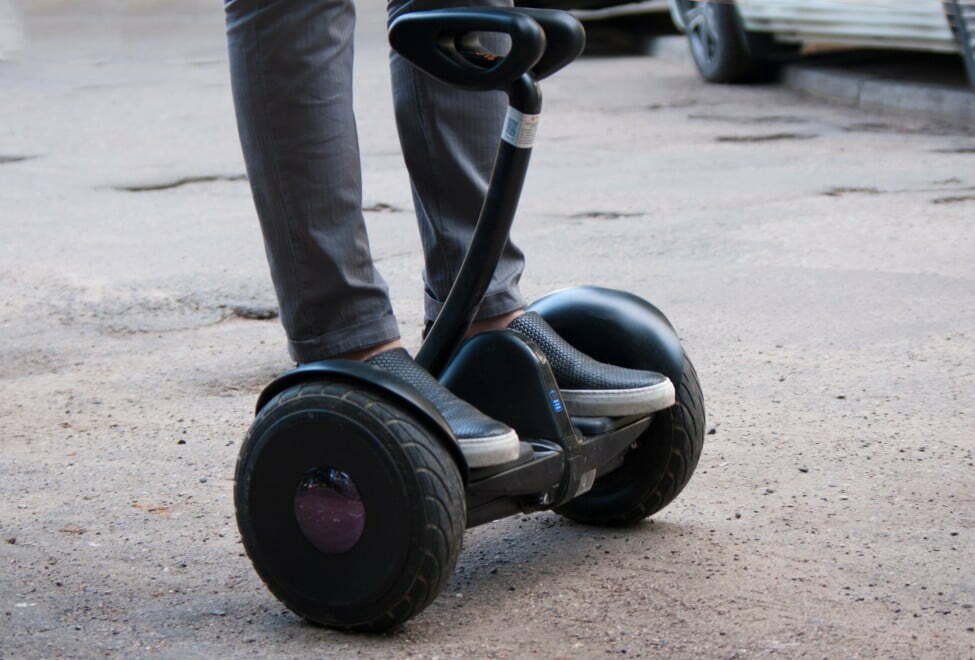
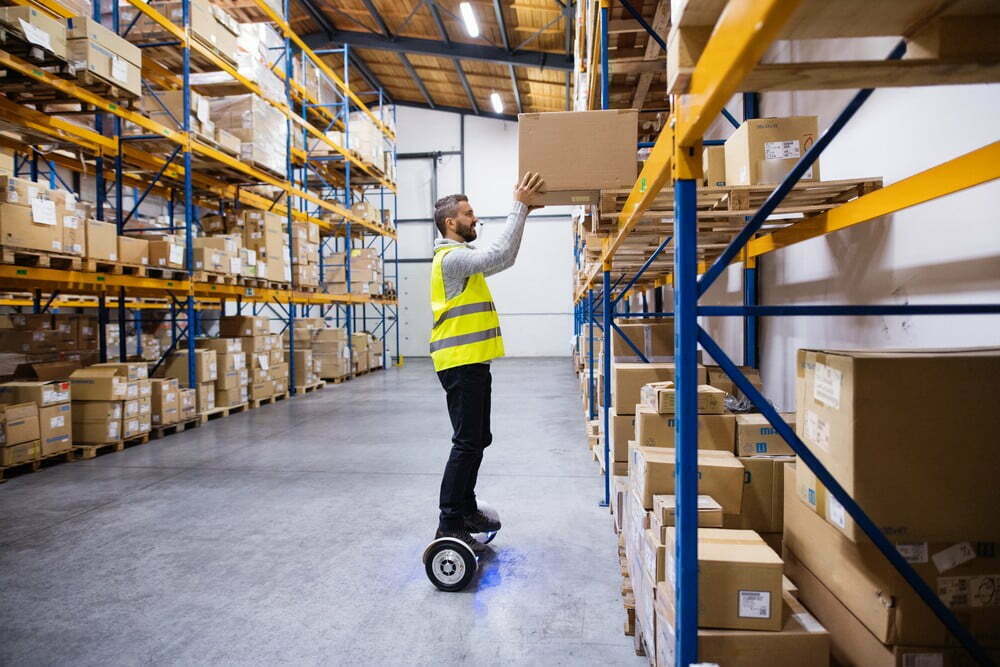
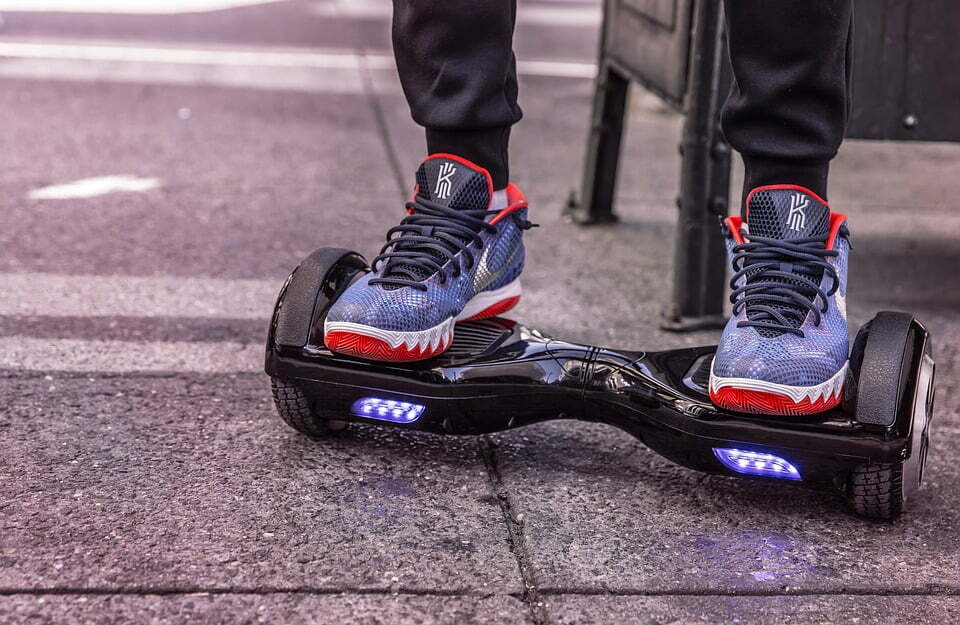
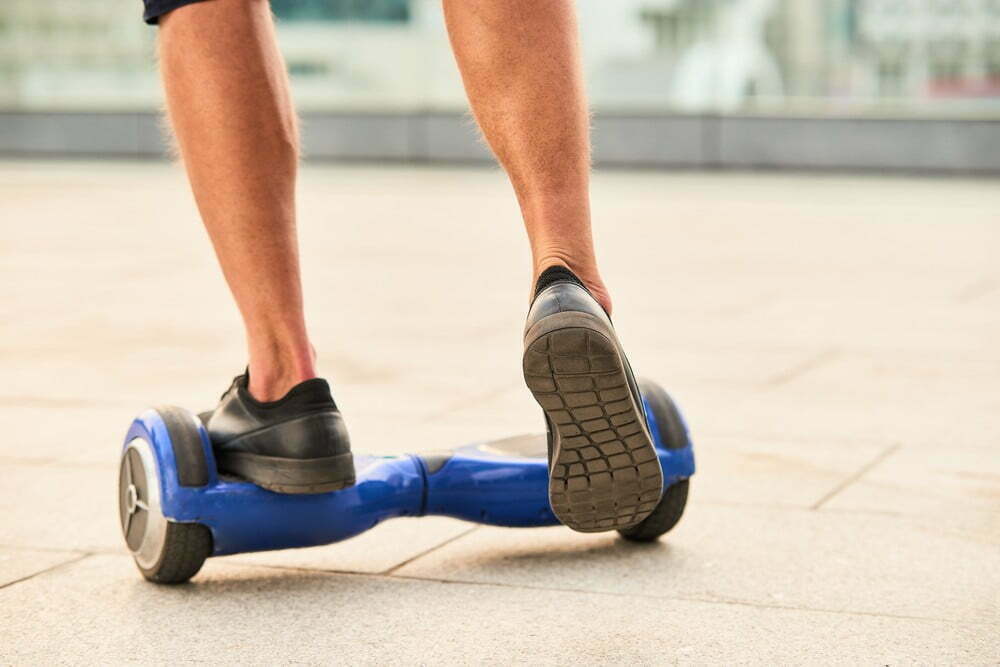

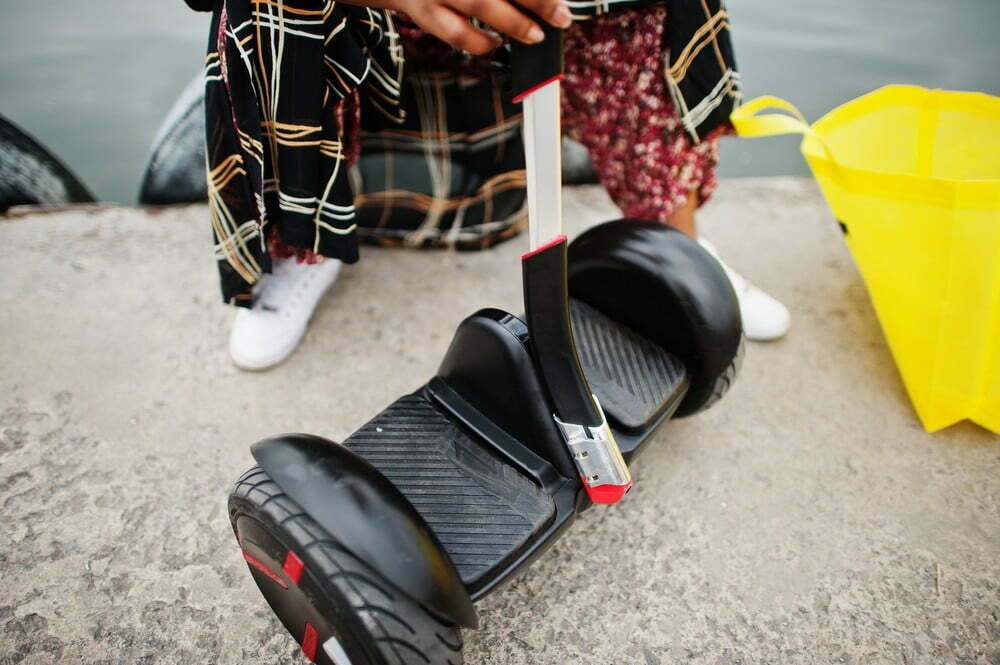
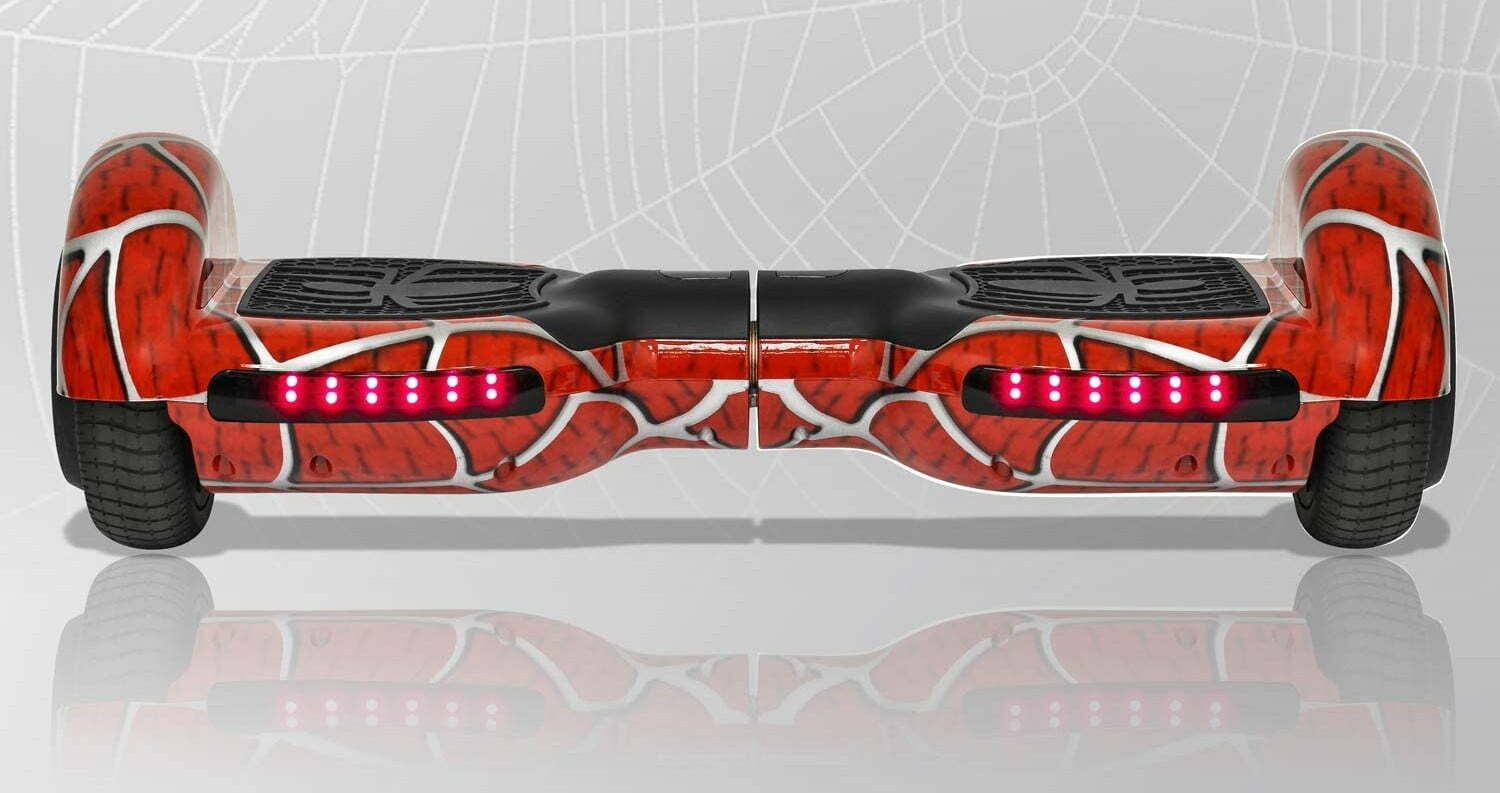



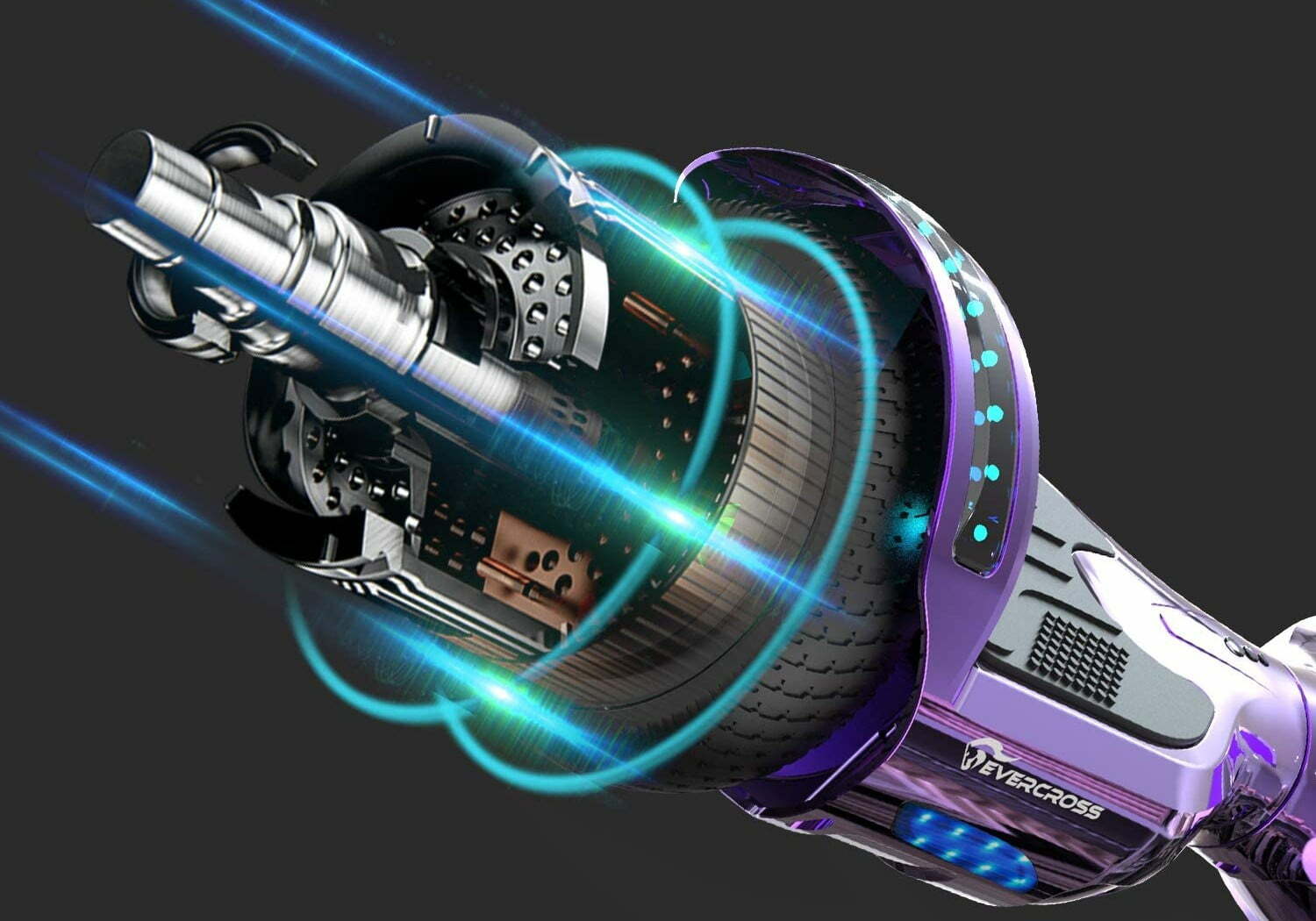


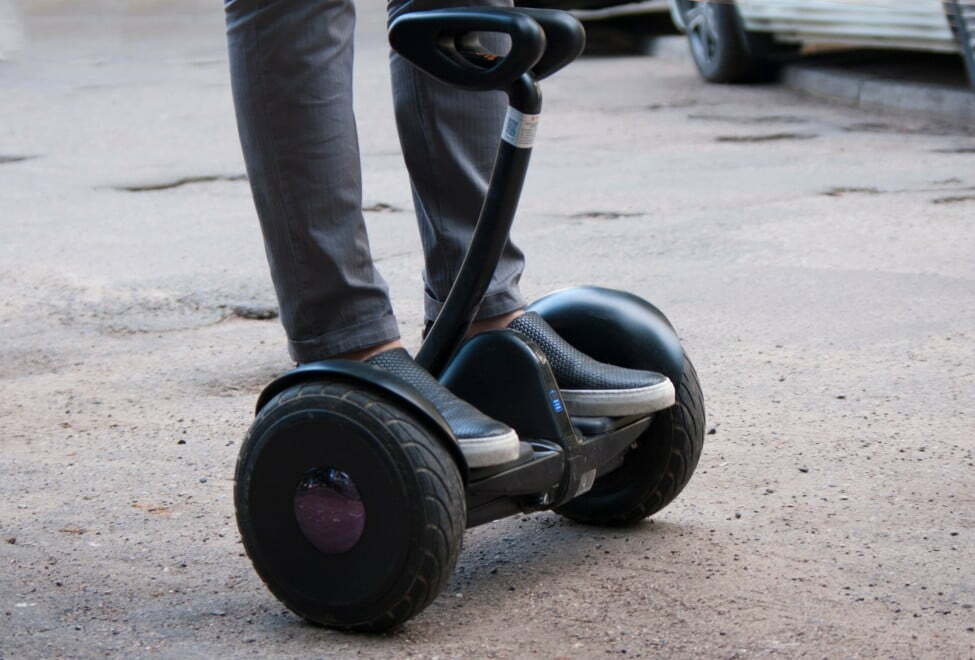

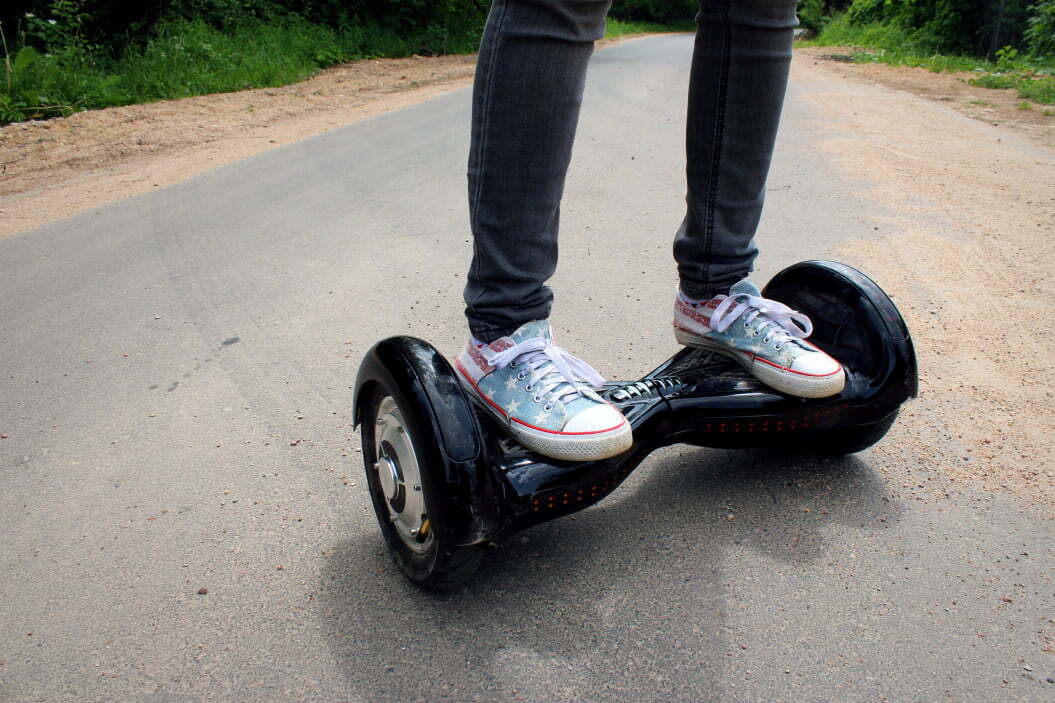
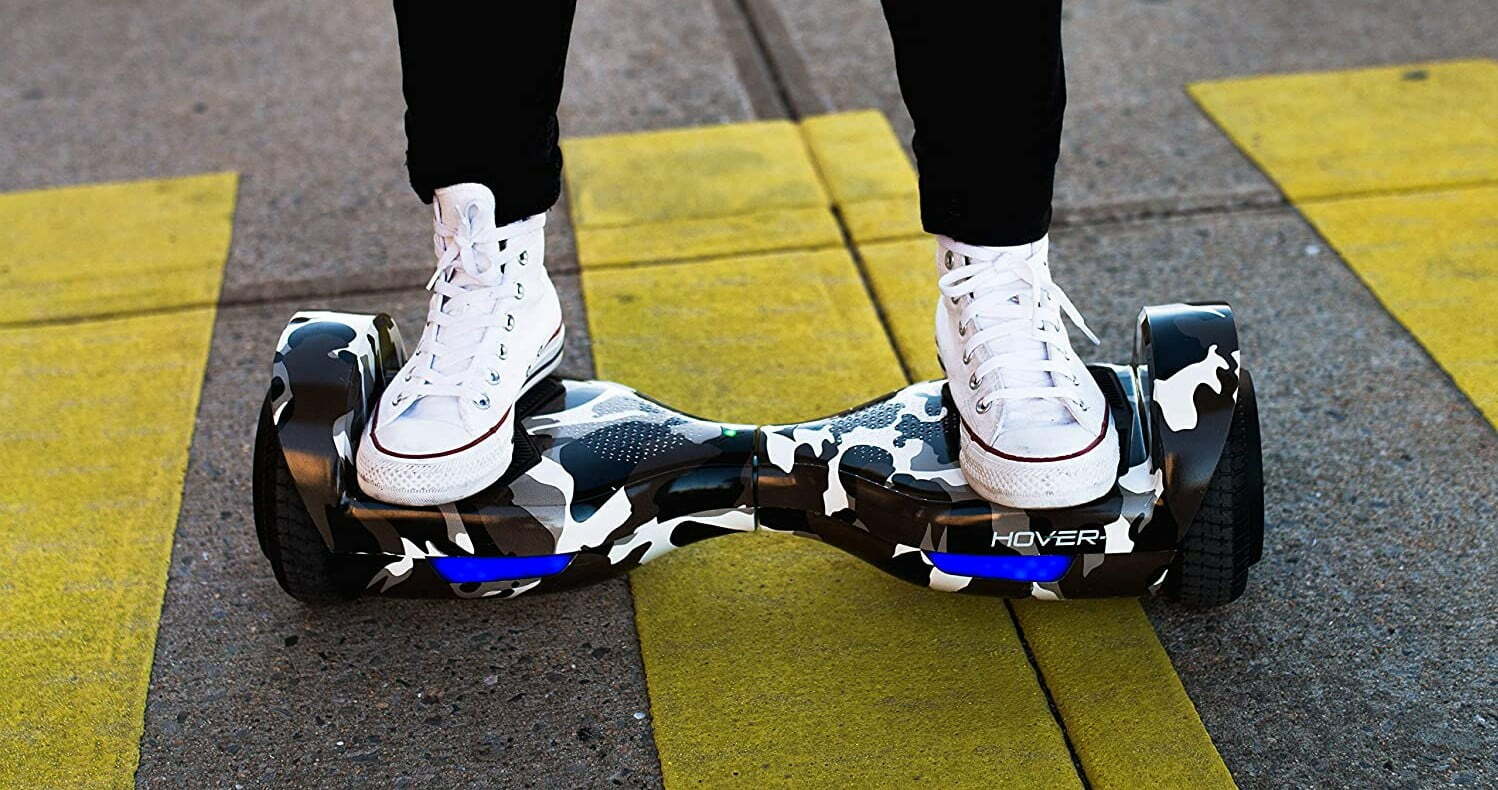
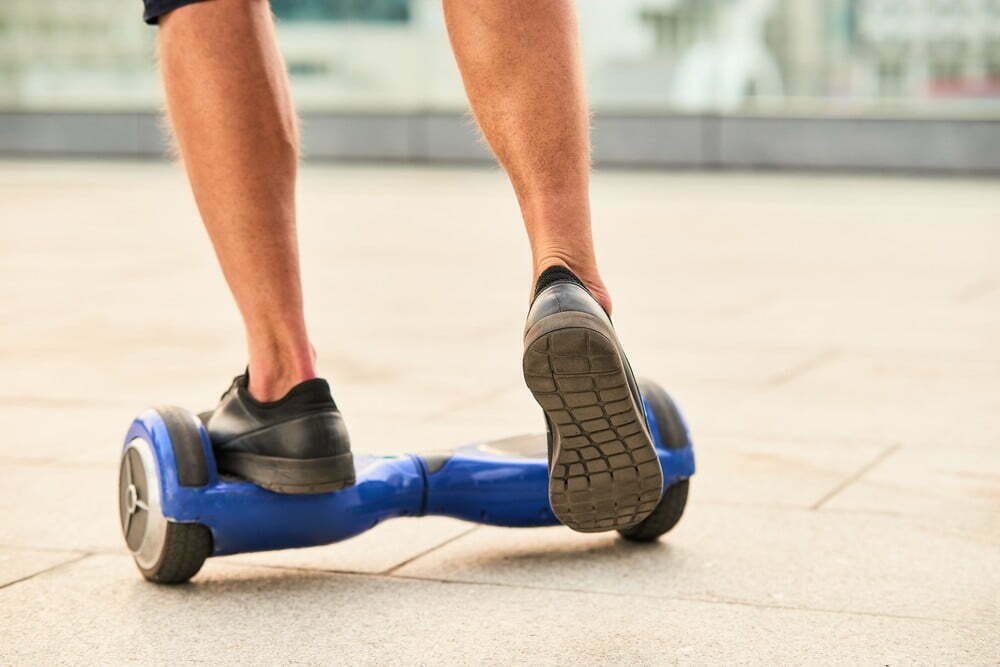
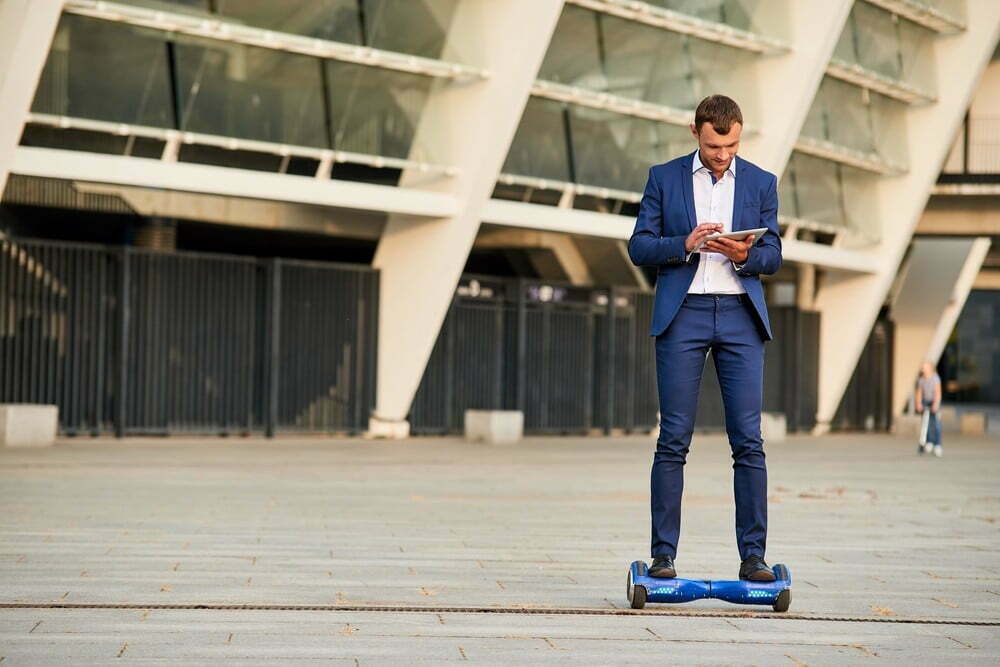
![Best 10 Inch Hoverboards in [year] 27 Best 10 Inch Hoverboards in 2025](https://www.gadgetreview.dev/wp-content/uploads/best-10-inch-hoverboard-image.jpg)
![Best Single Wheel Hoverboards in [year] 28 Best Single Wheel Hoverboards in 2025](https://www.gadgetreview.dev/wp-content/uploads/best-single-wheel-hoverboard-image.jpg)
![Best 8 Inch Hoverboards in [year] 29 Best 8 Inch Hoverboards in 2025](https://www.gadgetreview.dev/wp-content/uploads/best-8-inch-hoverboard-image.jpg)
![Best Hoverboards for Girls in [year] 30 Best Hoverboards for Girls in 2025](https://www.gadgetreview.dev/wp-content/uploads/best-hoverboards-for-girls-image.jpg)
![Best Hoverboards for Adults in [year] 31 Best Hoverboards for Adults in 2025](https://www.gadgetreview.dev/wp-content/uploads/best-hoverboard-for-adults-image.jpg)
![Best Hoverboard Accessories in [year] 32 Best Hoverboard Accessories in 2025](https://www.gadgetreview.dev/wp-content/uploads/best-hoverboard-accessories-image.jpg)
![Best 6.5 Inch Hoverboards in [year] 33 Best 6.5 Inch Hoverboards in 2025](https://www.gadgetreview.dev/wp-content/uploads/best-6.5-inch-hoverboard-image.jpg)
![Best Bluetooth Hoverboards in [year] 34 Best Bluetooth Hoverboards in 2025](https://www.gadgetreview.dev/wp-content/uploads/best-bluetooth-hoverboards-image.jpg)
![Best Knee Pads for Hoverboards in [year] 35 Best Knee Pads for Hoverboards in 2025](https://www.gadgetreview.dev/wp-content/uploads/best-knee-pads-for-hoverboard-image.jpg)
![Best Hoverboard for Beginners in [year] 36 Best Hoverboard for Beginners in 2025](https://www.gadgetreview.dev/wp-content/uploads/best-hoverboards-for-beginners-image.jpg)
![Best Helmets for Hoverboards in [year] 37 Best Helmets for Hoverboards in 2025](https://www.gadgetreview.dev/wp-content/uploads/best-helmet-for-hoverboard-image.jpg)
![Best Hoverboard Carrying Bags in [year] 38 Best Hoverboard Carrying Bags in 2025](https://www.gadgetreview.dev/wp-content/uploads/best-hoverboard-carrying-bag-image.jpg)
![Best Hoverboard Seats in [year] 39 Best Hoverboard Seats in 2025](https://www.gadgetreview.dev/wp-content/uploads/best-hoverboard-seat-image.jpg)
![Best Hoverboard in [year] ([month] Reviews) 40 Best Hoverboard in 2025 (December Reviews)](https://www.gadgetreview.dev/wp-content/uploads/best-hoverboard-image.jpg)
![Fastest Hoverboard in [year] ([month] Reviews) 41 Fastest Hoverboard in 2025 (December Reviews)](https://www.gadgetreview.dev/wp-content/uploads/fastest-hoverboard-epikgo.jpg)
![Best Hoverboard For Kids in [year] ([month] Reviews) 42 Best Hoverboard For Kids in 2025 (December Reviews)](https://www.gadgetreview.dev/wp-content/uploads/Best-Hoverboards-For-Kids.jpg)
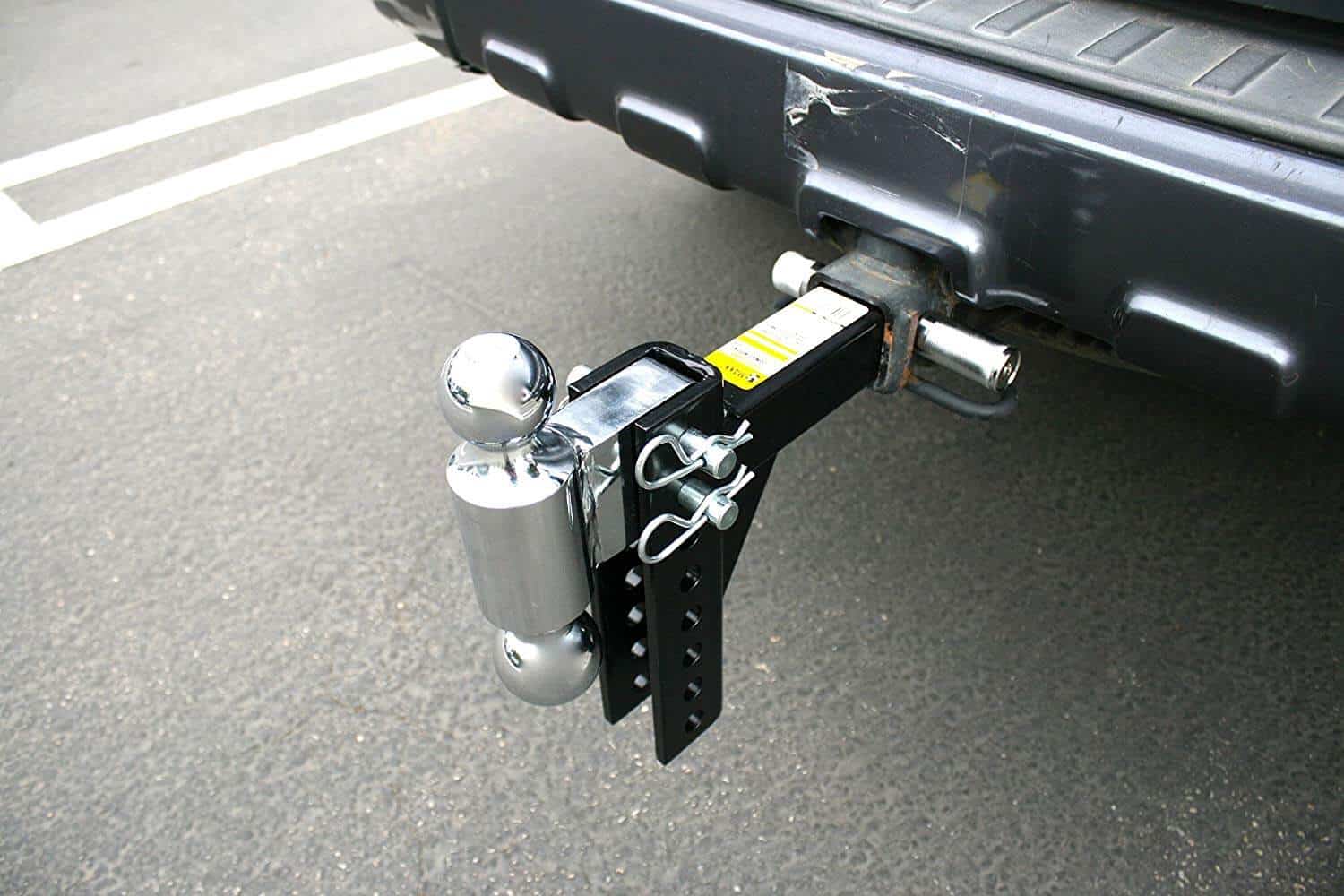
![Best RV Battery in [year] ( [month] Reviews) 44 Best RV Battery in 2025 ( December Reviews)](https://www.gadgetreview.dev/wp-content/uploads/best-rv-battery.jpg)
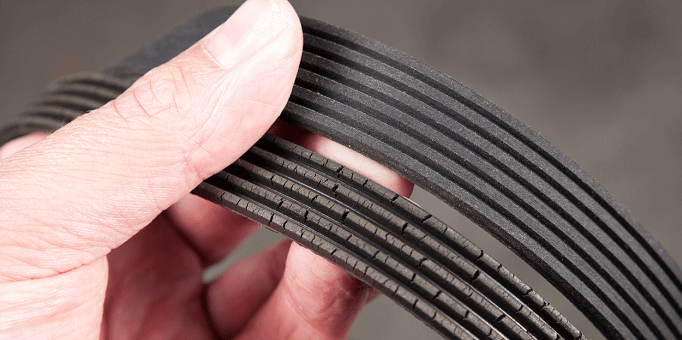
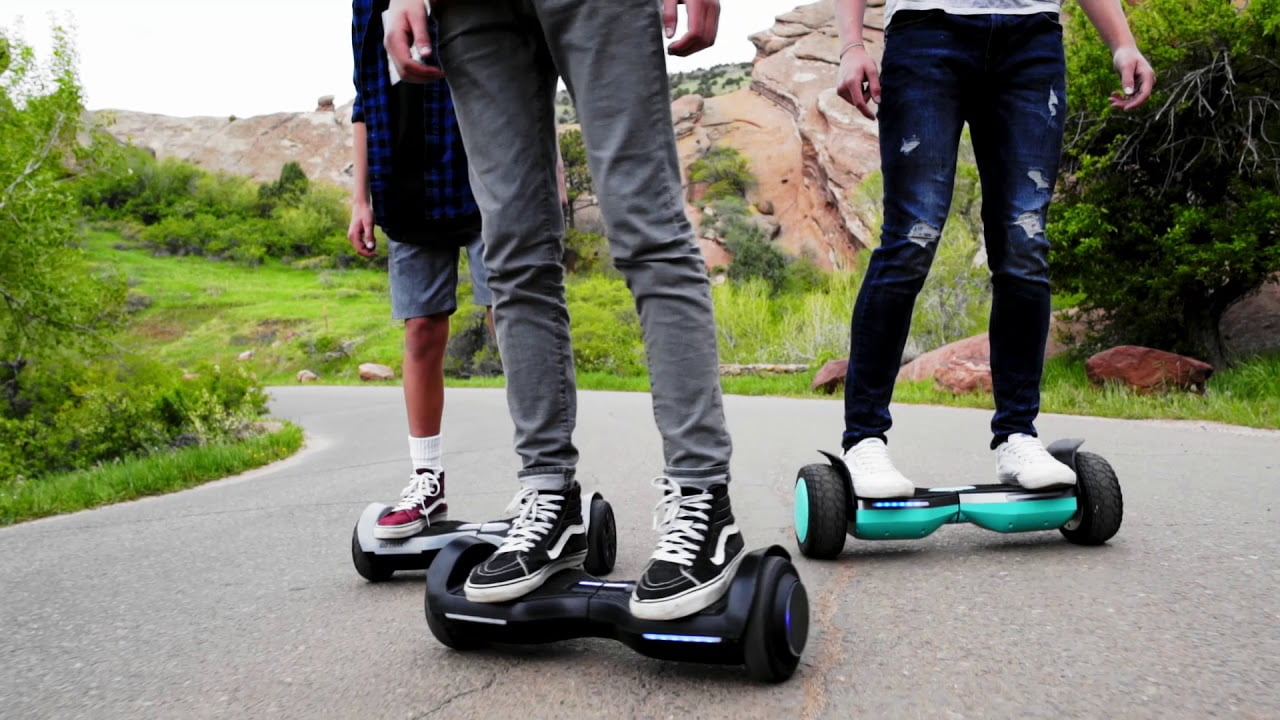
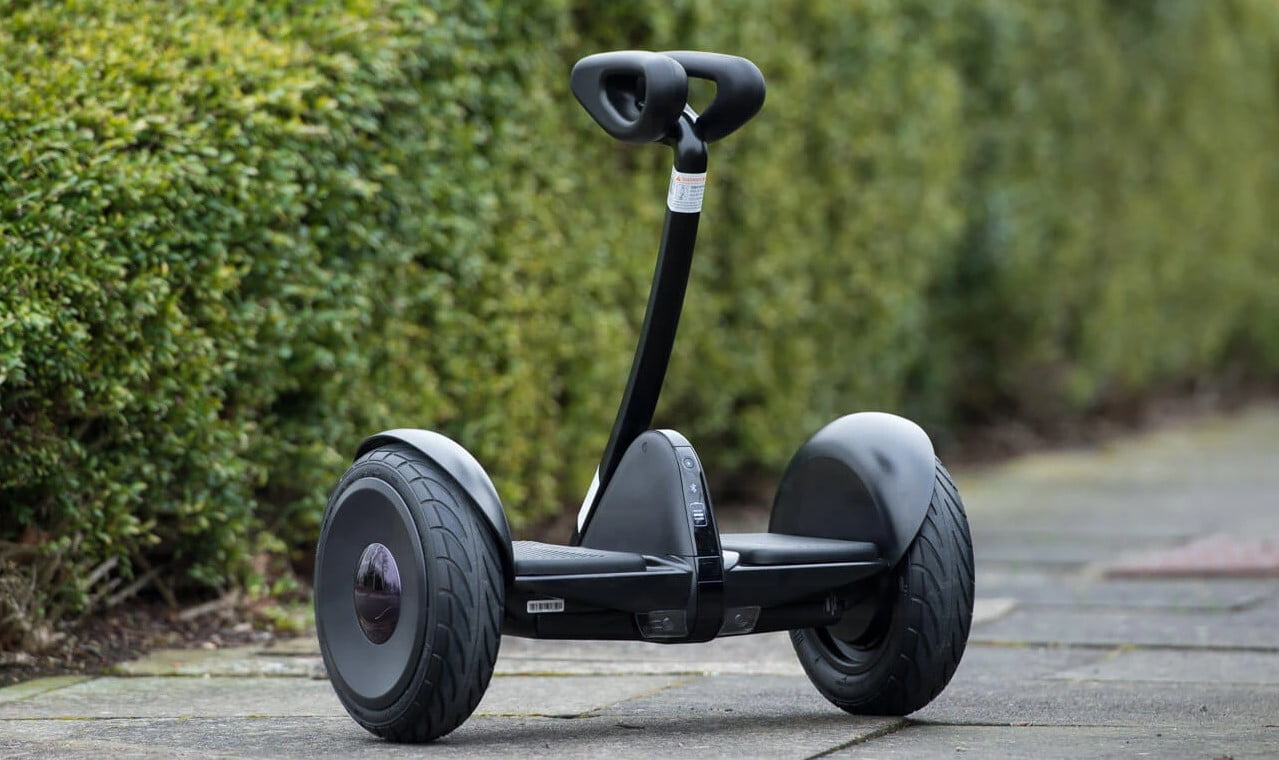
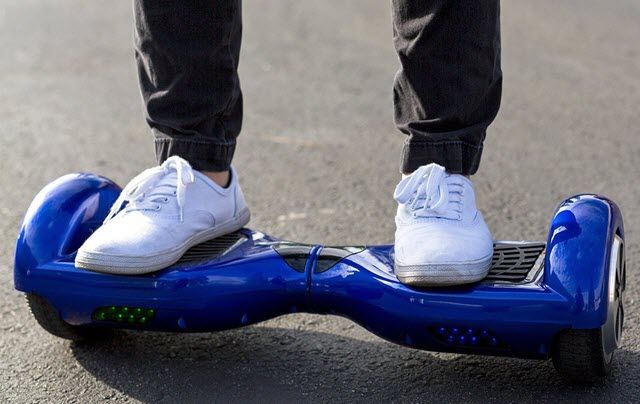
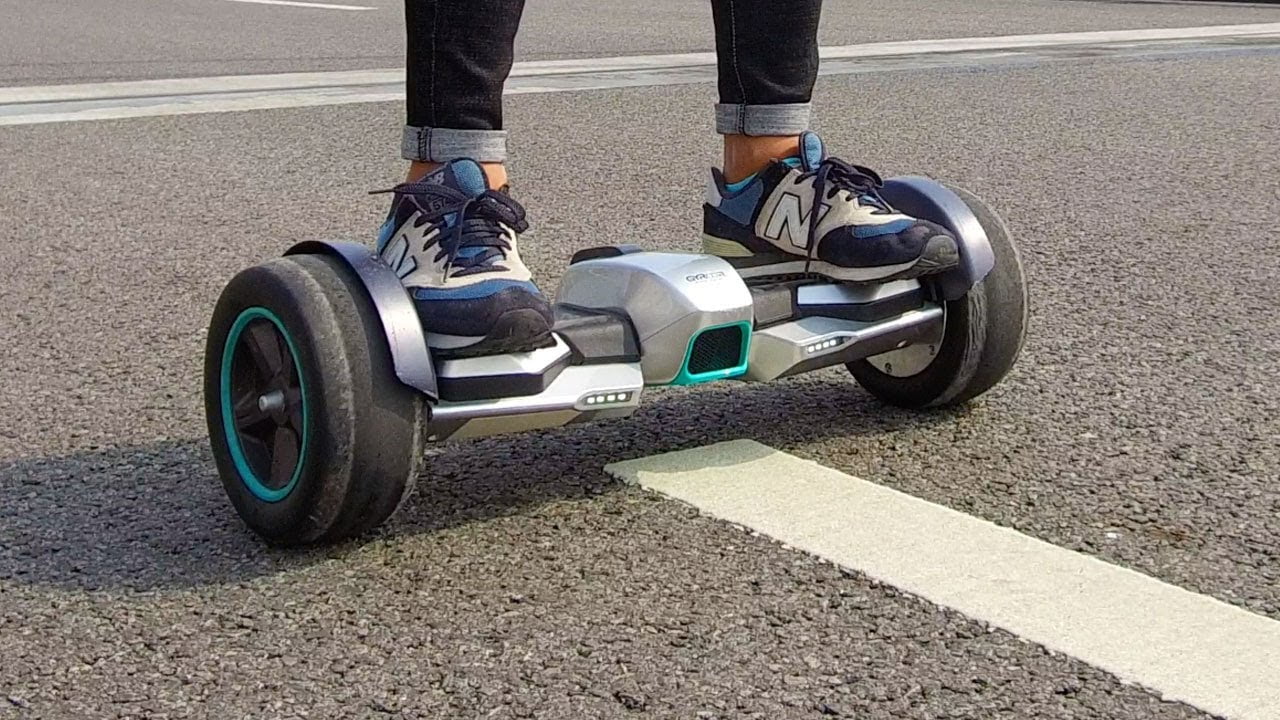
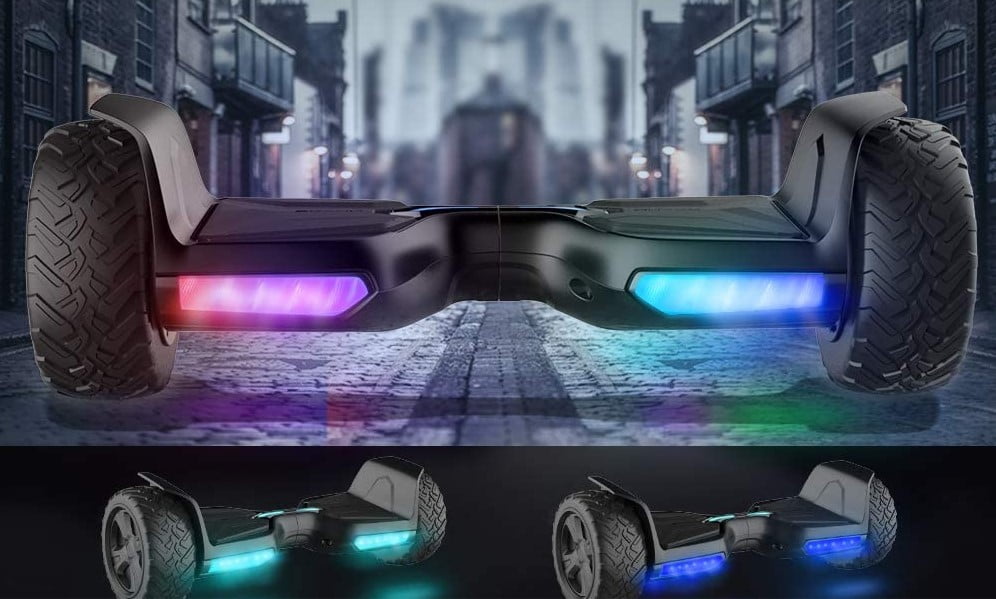
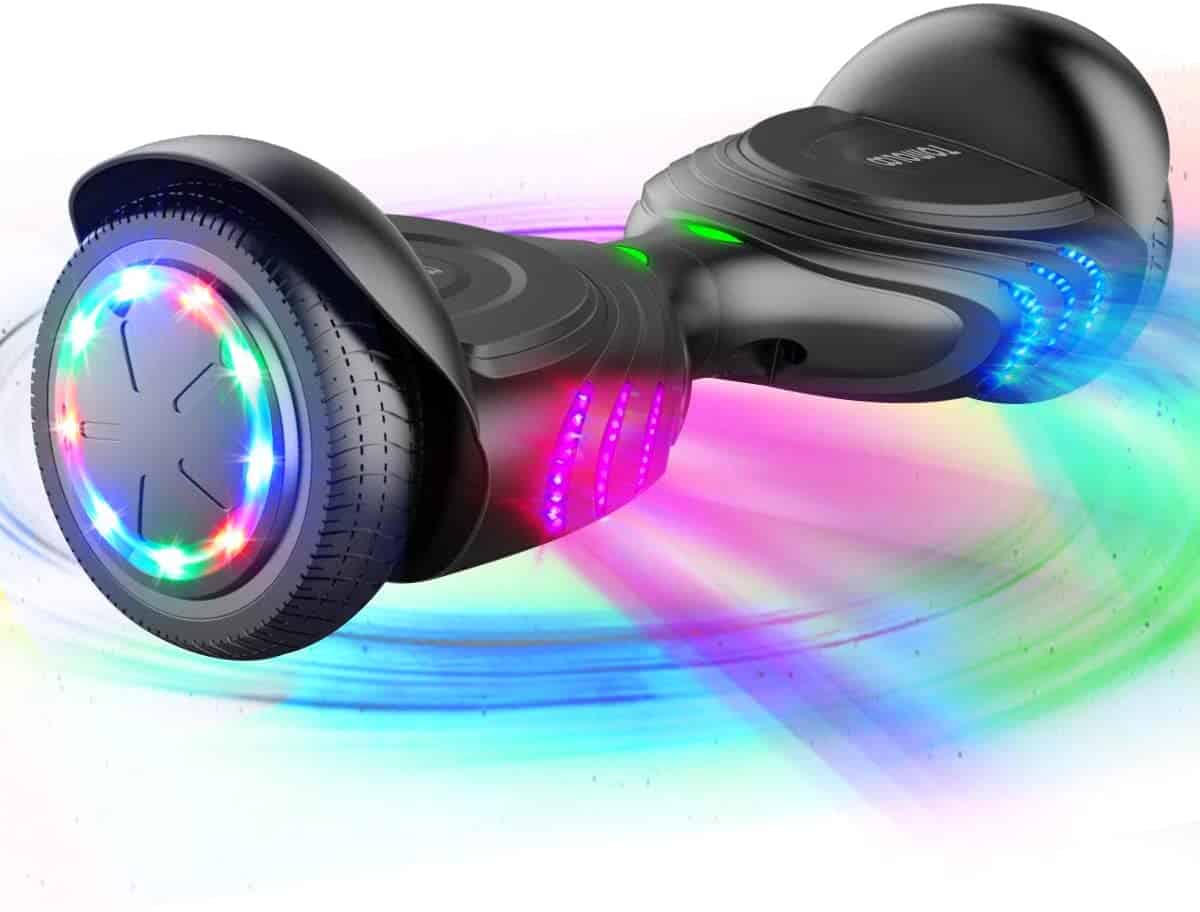
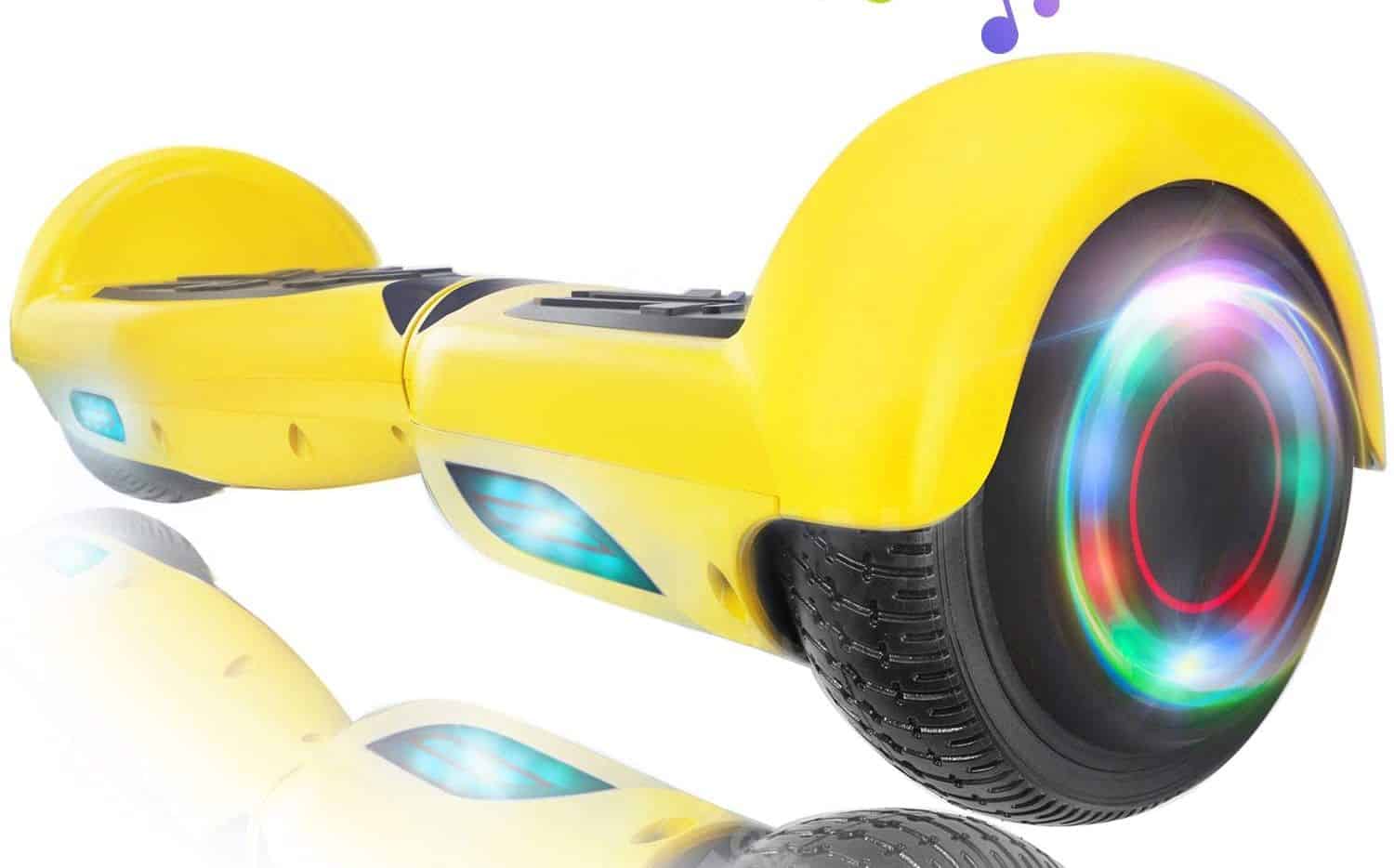
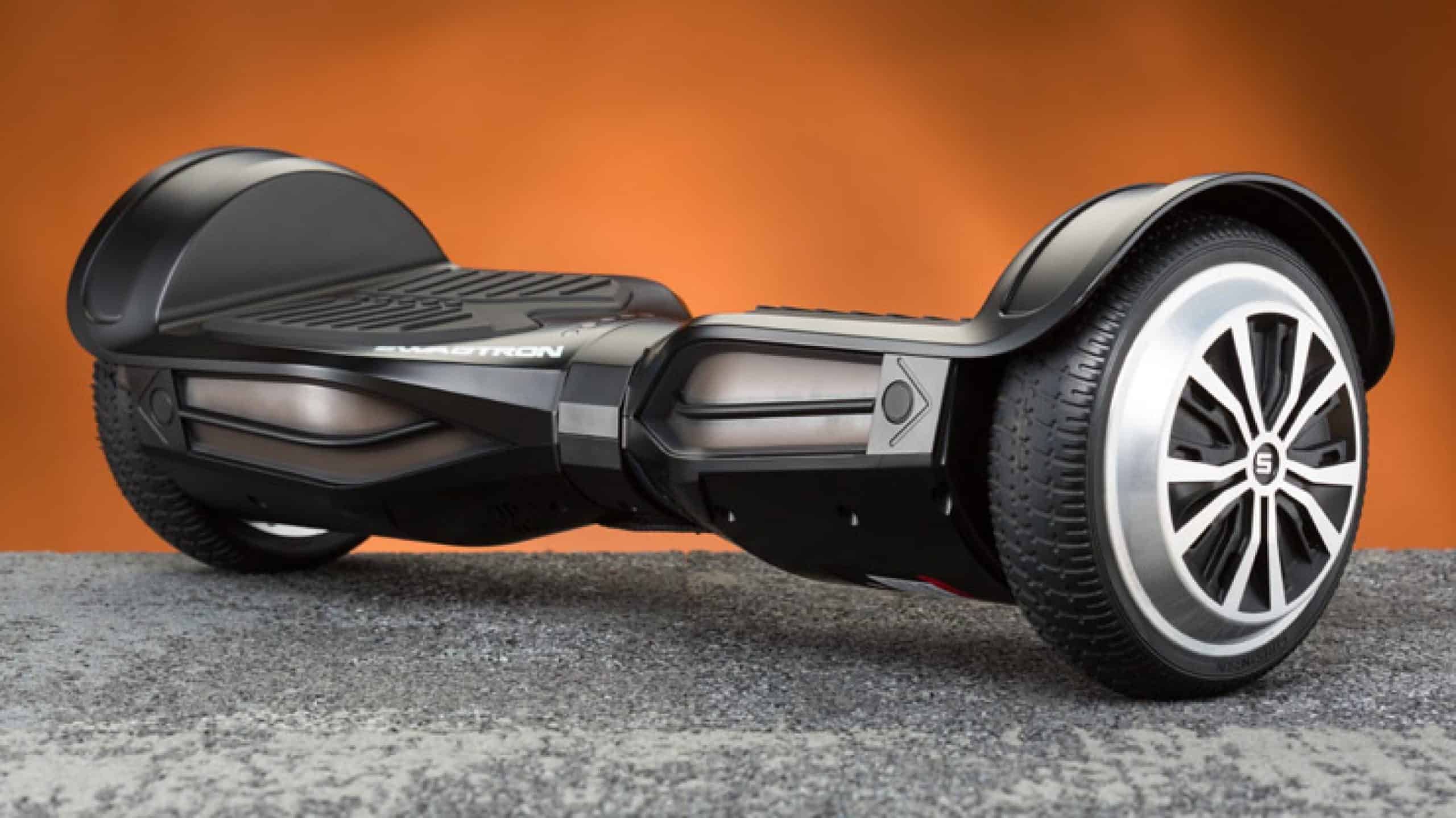
![Razor Hovertrax 2.0 Hoverboard Review in [year] 54 Razor Hovertrax 2.0 Hoverboard Review in 2025](https://www.gadgetreview.dev/wp-content/uploads/Razor-Hovertrax-2.0-Hoverboard-Review.jpg)

